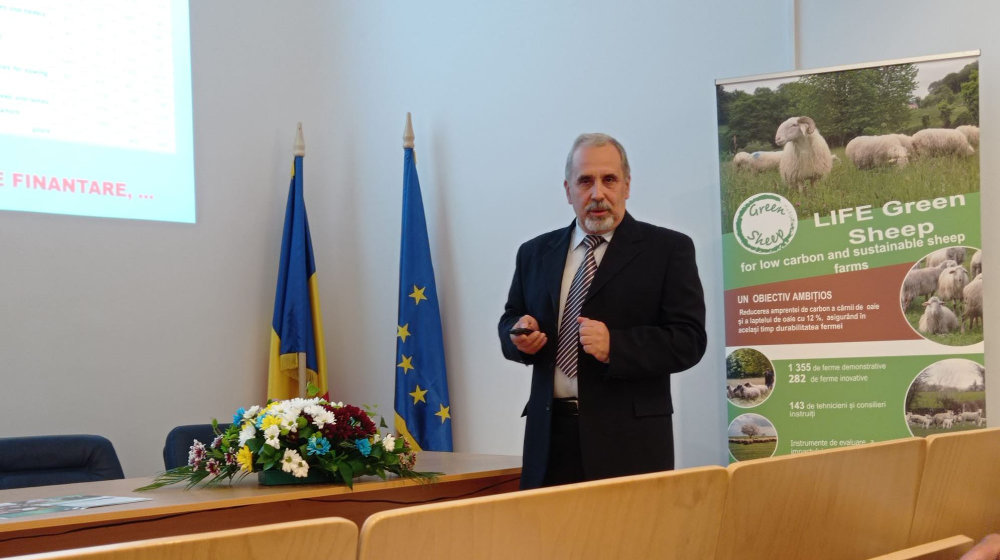 Catalin DRAGOMIR is the scientific director of the National Institute for Research & Development in Animal Biology and Nutrition (IBNA), partner responsible for Romania.
Catalin DRAGOMIR is the scientific director of the National Institute for Research & Development in Animal Biology and Nutrition (IBNA), partner responsible for Romania.
« When project coordinator invited me to join the 40 partners’ consortium, I found the leading idea of the LIFE Greensheep project very attractive because it represents a very good example of efficiently upscaling the research results.
For example, taking the research results from animal physiology level and valorizing them at the whole sector level, using a specific approach. Thus, boosting the technology transfer.
More precisely, valorizing the results from various, rather specialized research fields (rumen metabolism, biotechnologies, genetic resources) into life-cycle & whole-farm assessments, all of these within a goal that interests the whole society: reducing the greenhouse gases emissions.
Also, the project approach is new for the Romanian livestock sector (not only for sheep sector): it is the first time that such a comprehensive assessment tool (CAP’2ER, IDELE…) is used in Romania, the first time that assessments of GHG emissions are done at farm-level and systematically, it allows the first large scale monitoring of GHG from the livestock farms (with the possibility of identifying the main influence factors), the first time that specific GHG-mitigation measures will be applied on large scale, within an system that allows a feed-back on their efficiency, etc.
It is also interesting and challenging to work on such a diversity of sheep production systems (e.g. from subsistence farms to very modern, intensive farms), with people having various professional backgrounds, etc. It is also challenging to optimize between the need of reducing the environmental footprint of a farm and the need to ensure its economic resilience.
Should never forget that the ruminants’ farms are not just businesses and “polluters”, they have also an important societal role: feeding the people, “completing the landscape”, providing jobs to less favored social categories, sustaining the underdeveloped regions, etc. While showing them how to reduce the GHG emission, our goal is also to pay attention to their economic efficiency and to the social and environmental services they provide.

